The idea that the cross and the halo, for example, were sacred symbols in religions before Christianity is not new. Similarly, we have heard that the Christian sites for abbeys and cathedrals are on land that has been deemed sacred forever and that most, if not all, of these magnificent buildings are built over the original holy well from antiquity, with cathedral coming after smaller churches, coming after temples built on the exact same site. Peter Knight, however goes into hundreds of symbols that were brought forward from the old religions: doves, labyrinths, the holy trinity, God’s extended hand, to name just a few. Additionally, the Madonna and child, lions, and lambs make sense when we think about older religions contributing symbols to Christianity, but he shows how countless other symbols including eggs, spiders, pelicans, dandelions, and geometric shapes are all a part of our sacred psyche from antiquity, brought forth into Christianity. The images here are of the moon goddesses, Venus of Laussel from 15,00BC and the Virgin Mary standing on a crescent moon from the 1500s.
It is not only the Christian religion that has stolen images from its predecessors. Peter shows how this works in other wisdom traditions as well. But is this a bad thing? It is a very old sales technique to say, “Oh, yes, I know how important that is [whatever it is} to you and we have one a lot like it, only better.” Conversely, it also makes sense to demonize some precious symbols of old religions so that conversion to the new religion takes solid root. Peter shows how this was done with serpents, dragons, and apples, among other symbols, as Christianity took hold.
In his book Peter writes, “Symbols…could be described as visual shorthand, acting as a conduit to unite our outer sensory and inner subconscious worlds.” Symbols grow us – spiritually. If you have a shape, an animal, or an object that is your reminder of the sacred, use it. Deepen with it. Find ways to have it in your environment. Contemplate it and let it work you. Have it on your home altar or find a way to wear it. Love it and let it be a part of your spiritual practice. All real religion is personal; let yours be personally powerful, as well, with the images that you, too borrow from others.
...Summer Solstice Ritual
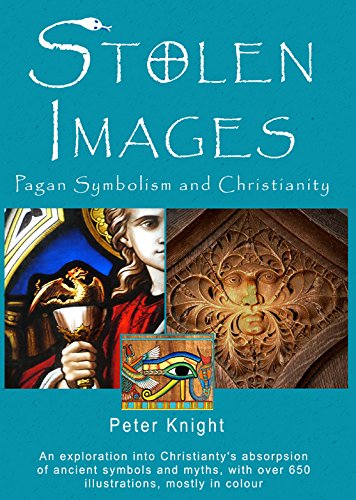
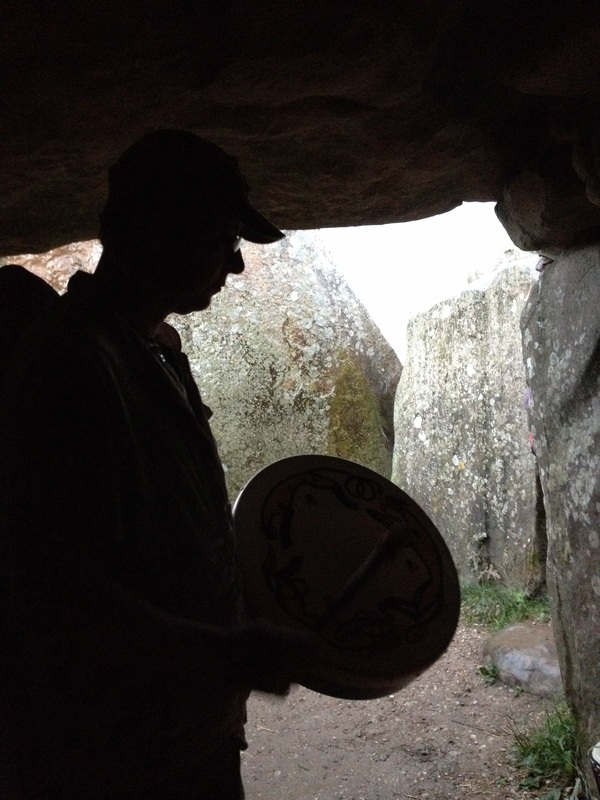
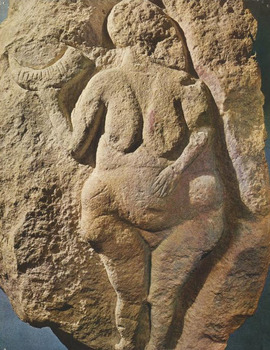
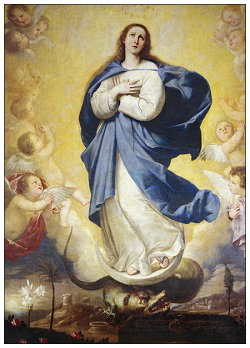
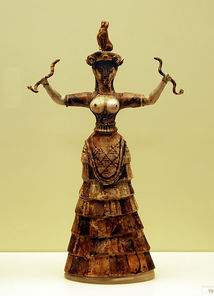
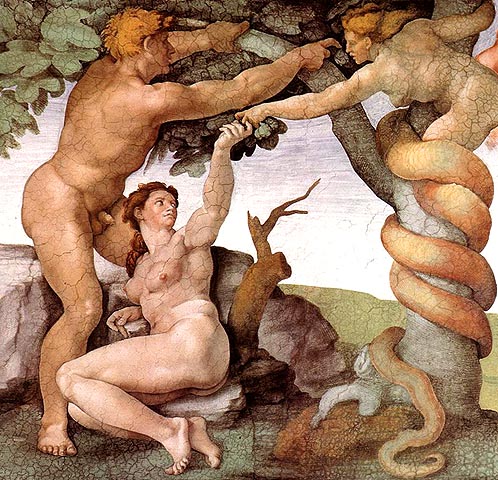
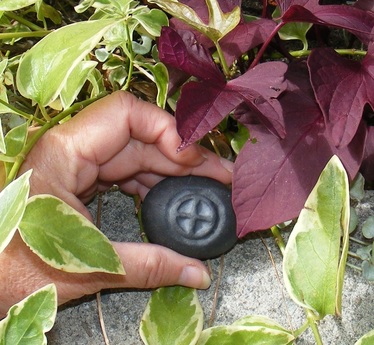


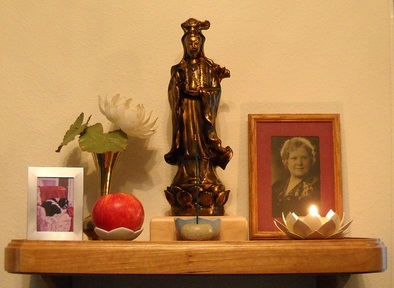
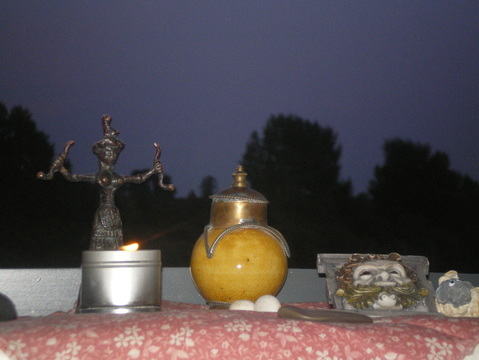
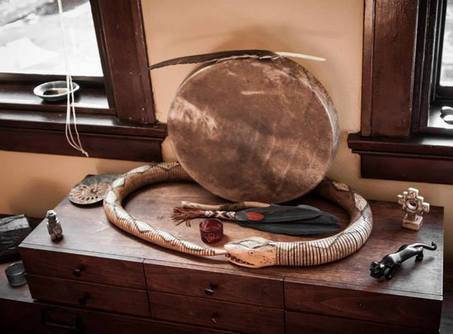
 RSS Feed
RSS Feed